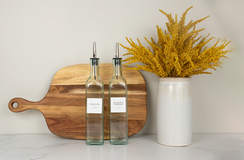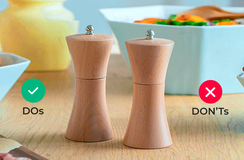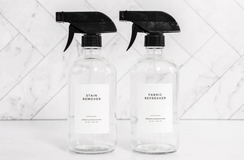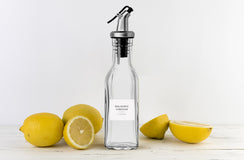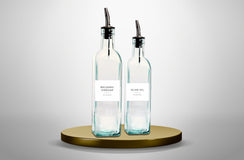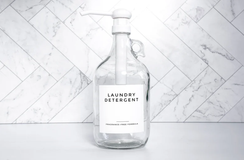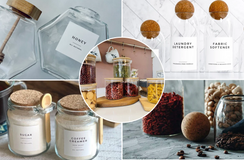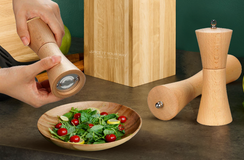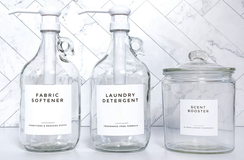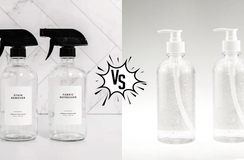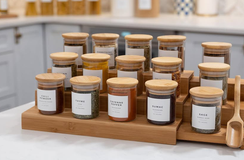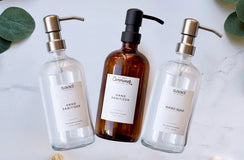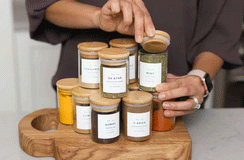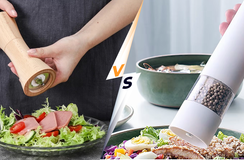When you’re looking for the perfect cutting board for your kitchen, the material you choose is just as important as how you use it. There are many options out there, but the acacia wood paddle board stands out as a top choice. But what makes acacia wood so special? Why should you pick it over regular wood boards? In this blog, we’ll talk about the unique qualities of acacia wood.
What is Acacia Wood?
Acacia wood comes from the acacia tree, a strong and durable tree that grows in places like Australia, Asia, Africa, and America. It’s known for being tough, long-lasting, and having beautiful grain patterns. People have used acacia wood for centuries to make furniture, flooring, and kitchen tools.
Why is an Acacia Wood Paddle Board a Better Choice For Your Kitchen?
1. It’s Very Durable.
One of the biggest reasons to choose acacia wood is how durable it is. Unlike regular wood boards, which can warp, crack, or splinter over time, acacia wood is very dense and hard. This means it can handle scratches, dents, and knife marks without getting damaged easily. Your cutting board will stay in great shape for years.
- Comparison: Regular wood boards, like those made from pine or bamboo, are softer and can get damaged more easily. Acacia wood, on the other hand, can handle daily use without undergoing major damage.
- Longevity: If you take care of it, an acacia wood paddle board can last a lifetime. This makes it a great investment for your kitchen.
2. It’s Naturally Antibacterial.
Acacia wood is naturally resistant to bacteria, which makes it a safe choice for preparing food. Its tight grain structure stops moisture and bacteria from getting into the wood, so there’s less risk of contamination.
- Comparison: Plastic cutting boards, which some people think are more hygienic, can get deep cuts from knives that trap bacteria. Regular wood boards can also absorb moisture, which can lead to mold or bacteria growth.
- Safety: Because acacia wood is antibacterial, it’s a safer option for cutting raw meats, vegetables, and other foods.
3. It’s Eco-Friendly.
In today’s world, where being eco-friendly is important, acacia wood is a great choice. Acacia trees grow quickly and are plentiful, making them a renewable resource. Plus, acacia wood is often harvested in a way that’s good for the environment.
- Comparison: Regular wood boards might come from trees that grow slowly or from sources that aren’t as sustainable. Bamboo, while renewable, often needs chemicals to process it.
- Eco-Friendly Choice: When you choose an acacia wood board, you’re supporting sustainable practices and helping the environment.
4. It Looks Beautiful.
Acacia wood paddle board is known for its rich, warm colors and unique grain patterns. Every board is different, with natural variations that make it special. Whether you’re using it as a cutting board or a serving platter, an acacia wood paddle board will look amazing in your kitchen.
- Comparison: Regular wood boards often don’t have the same visual appeal as acacia wood. They might look plain or boring, which doesn’t add much to your kitchen’s style.
- Versatility: The beautiful design of acacia wood makes it perfect for both cooking and serving. It’s great for entertaining guests or just adding a touch of elegance to your kitchen
5. It’s Gentle on Knives.
A good cutting board should protect your knives as well as your countertops. Acacia wood is hard enough to resist damage but soft enough to keep your knives sharp.
- Comparison: Glass or stone cutting boards might look nice, but they can dull your knives quickly. Regular wood boards, while softer, might not protect your knives as well as acacia wood.
- Knife Care: By choosing an acacia wood board, you’re helping your knives stay sharp, which saves you time and money on sharpening or replacing them.
6. It’s Easy to Take Care Of.
Even though acacia wood is a high-quality material, it’s easy to maintain. With just a few simple steps, you can keep your board looking and working like new.
- Cleaning: Just wash the board with warm, soapy water and dry it right away. Don’t soak it in water, as this can cause it to warp.
- Oiling: Regularly oil your acacia wood board with food-grade mineral oil to keep it moisturized and prevent cracking.
- Comparison: Regular wood boards might need more maintenance and can get damaged more easily if not cared for properly.
7. It’s Multi-Functional.
An acacia wood paddle board isn’t just for cutting, it’s a versatile kitchen tool that can be used for many things. You can use it to serve cheese and charcuterie, roll out dough, or even as a decorative piece.
-
Entertaining: Use it as a serving platter for appetizers, desserts, or drinks. Its elegant design makes it perfect for hosting guests.
-
Everyday Use: Whether you’re chopping vegetables or slicing bread, an acacia wood board can handle it all.
-
Comparison: Regular wood boards might not look as nice or be as versatile, which limits how you can use them in the kitchen.
8. It Resists Moisture and Heat.
Acacia wood’s natural oils make it resistant to moisture and heat, which are two common causes of cutting board damage. This means your board won’t warp or crack, even with regular use.
- Comparison: Regular wood boards can absorb moisture, which can lead to warping or mold. They might also be more likely to get damaged by heat.
- Durability: Because acacia wood resists moisture and heat, it’s a reliable choice for busy kitchens.
9. It’s a Timeless Investment.
While acacia wood boards might cost more upfront than regular wood boards, their durability and long life make them a smart investment in the long run. You won’t need to replace your acacia wood board as often, which saves you money over time.
- Comparison: Regular wood boards might need to be replaced every few years because they wear out, making them less cost-effective.
- Value: An acacia wood board isn’t just a kitchen tool - it’s a timeless piece that adds value to your home.
10. It Supports Artisan Craftsmanship.
Many acacia wood boards are made by skilled artisans, which means they’re made with care and attention to detail. When you choose an acacia wood board, you’re supporting traditional craftsmanship and the people who take pride in their work.
- Comparison: Regular wood boards are often made in large factories, so they don’t have the same unique touch or quality as handmade products.
- Ethical Choice: Buying an acacia wood board is a way to support small businesses and artisans who put their heart into their work.
Conclusion
When it comes to choosing a cutting board, the acacia wood paddle board is in a class of its own. Its durability, natural antibacterial properties, eco-friendliness, and beautiful look make it a better choice than regular wood boards.
Whether you’re a professional chef or just cooking at home, an acacia wood board is a versatile, eco-friendly, and long-lasting addition to your kitchen.
Choosing an acacia wood board isn’t just a practical decision - it’s a way to show you care about quality and style. So, the next time you’re shopping for a cutting board, think about the many benefits of acacia wood and make the switch to a board that truly stands out.


